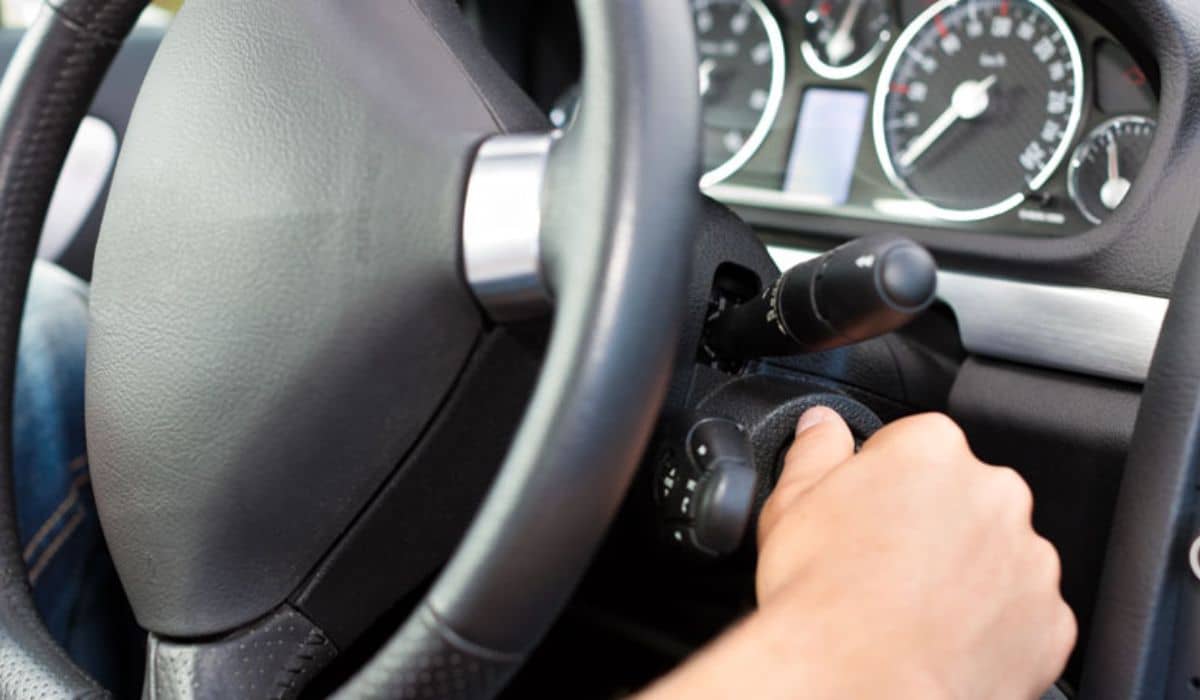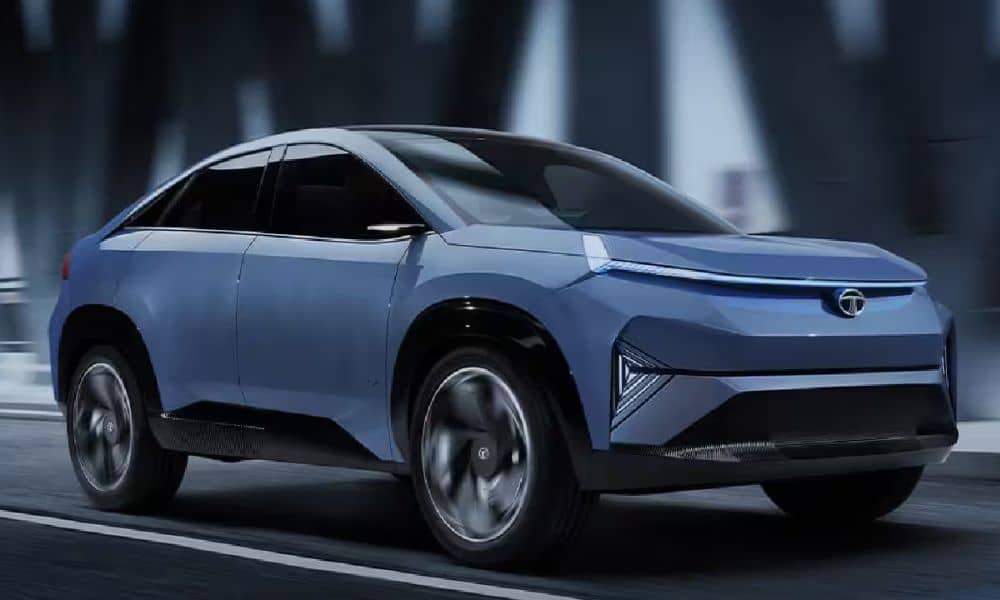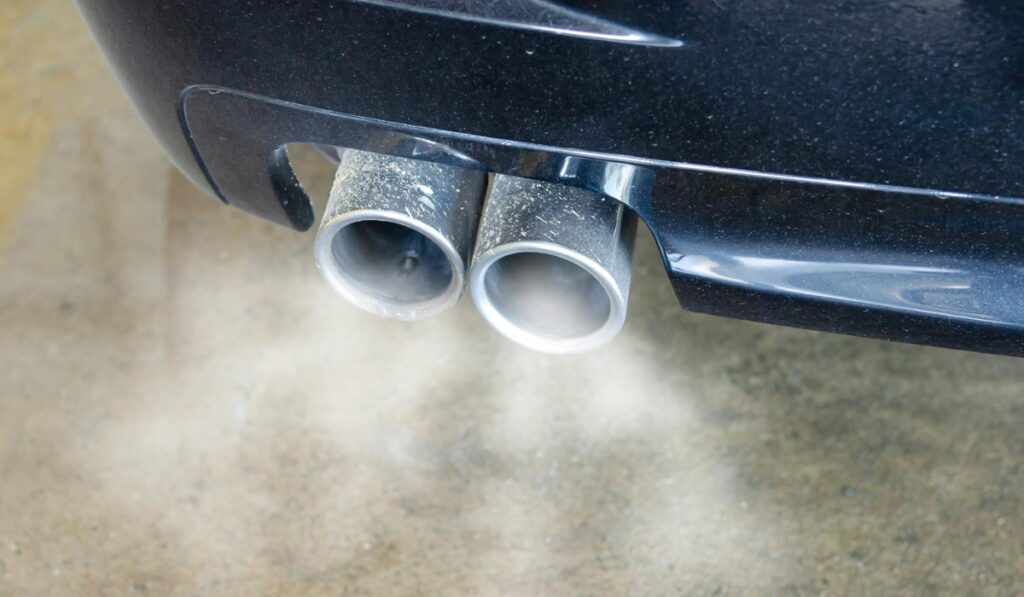A car that starts, sputters, and shuts off is frustrating and unsafe. This issue can leave you stranded in traffic or the wilderness. Car owners and drivers must know why and how to correct this.
This article will explain the causes of a car sputtering and switching off and provide step-by-step troubleshooting techniques.
Table of Contents
1. Common Causes
2. Troubleshooting Steps
3. Preventive Measures
4. Conclusion
Common Causes:
Several things can cause a car to start, splutter, then shut off. Consider these common causes why car starts then sputters and shuts off:
| Serial No. | Issues | Possible Causes | Effect on Engine |
| 1. | Fuel System | Misfunctioning fuel pump, clogged filter, or contaminated fuel | Disrupts fuel flow, causes stalling |
| 2. | Ignition System | Faulty spark plugs, coils, or modules | Disturbs combustion, causes sputtering and stalling |
| 3. | Air Intake | Filter, sensor, or throttle body issues | Influences air-to-fuel mixture, causes engine stalling |
| 4. | Exhaust System | Clogged catalytic converters or EGR valves | Restricts exhaust flow, causes engine shutdown |
| 5. | Electrical Connections | Faulty connections in the battery, alternator, or wire harness | Causes power loss and engine stalling |
Activity to Do:
Run your car for a few minutes to warm its engine. Turn off and cool the car for 10 minutes. Start the car and listen for sputtering thereafter.
Troubleshooting Steps:
Check gasoline quality and level
When troubleshooting an automobile that starts, sputters and stops, check the fuel level and quality. The engine may stall or sputter due to low fuel levels or quality.
Make sure the fuel gauge works and the tank is full. Next, assess fuel for water or debris to determine quality. Drain the fuel tank and replace the fuel filter if impurities are found.
Use the manufacturer-recommended fuel octane level for best engine performance and to avoid damage. Checking fuel level and quality can eliminate these concerns and allow you to continue debugging.
Check battery connections
Battery connections must be checked to fix a car that starts, sputters, then stops. Batteries power the electrical system, therefore problems can wreck the car.
Before examining battery connections, inspect posts and terminals for rust. Poor conductivity from rust can prevent the battery from starting the car.
A battery brush gently removes corrosion. Secure the connections. Due to loose connections, random power issues might cause stalling and spitting. Checking the battery connections eliminates a probable cause and lets you continue debugging.
Check the spark plugs
Spark plugs should be checked for car starting, sputtering, and stopping troubles. Spark plugs ignite engine fuel, therefore faulty ones might cause performance issues. Cracks, rust, and deposits on spark plugs should be checked first.
If these conditions exist, spark plug replacement may be essential. Also, make sure the electrode gap is within the manufacturer’s specified range.
Make sure your spark plugs are in good condition to avoid misfires, engine slowness, and stalling. Examining the spark plugs might help you fix automotive performance concerns.
Check for clogged air filters
Clogged air filters are a typical cause of car starting, sputtering, and stopping. Air filters prevent dust, grime, and other contaminants from damaging the engine. The filter might clog with time, decreasing engine airflow and stalling it.
Locate your vehicle’s air filter housing and remove the filter to check for the problem. If the filter is dusty or blocked, replace it.
Check and change your air filter every 12,000 to 15,000 miles, or more often if you drive on dusty or gravel roads. Keep your air filter clean and effective to maintain appropriate airflow to your engine and avoid a car that starts, sputters, and stops.
Inspect the ignition
When your automobile starts, sputters, and stops, diagnosing the problem can be irritating and time-consuming. However, the ignition system is typically to blame. The engine starts and runs smoothly thanks to the ignition system. The car may start but sputter and stop if the ignition system is malfunctioning.
Check the spark plugs and wires for damage or wear to check the ignition system. To ensure correct operation, examine the ignition coil. Crack or rust the distributor cap and rotor last. Checking the ignition system can reveal and fix issues causing your automobile to start, splutter, and stop.
Inspect fuel injectors
Fuel injector inspection is crucial to troubleshooting an automobile that starts, sputters, and stops. Problems with fuel injectors can affect engine performance since they deliver fuel precisely and controlledly.
Clogged fuel injectors can cause uneven fuel flow and sputtering or stopping. A mechanic should examine fuel injectors for cracks or leaks before inspecting them.
They should also remove and inspect the injectors with specialized equipment to ensure adequate fuel delivery. If faults are detected, injectors may need cleaning or replacement to restore engine performance.
Check the fuel pump
If your automobile starts, sputters, and stops, the fuel pump may be failing. Start by checking the fuel pump relay in the engine compartment fuse box. Corrosion or damage to relay contacts could restrict fuel pump power.
Test the fuel pump’s output pressure with a fuel pressure gauge if the relay works. A fuel pump that doesn’t meet manufacturer standards may need to be replaced.
Check the fuel filter for debris that may be blocking fuel flow. Replace a filthy or clogged fuel filter before diagnosing other concerns.
Check for vacuum leaks
Several faults could cause your car to start, splutter, and stop. Vacuum leaks can cause rough idling, stalling, and power loss. To find a vacuum leak, check all vacuum lines and hoses for cracks, holes or other damage.
You can also test engine vacuum pressure with a vacuum gauge. Leaks require finding the source and fixing or replacing the component. The vacuum control valve, intake manifold gasket, and throttle body gasket are common causes.
A vacuum leak might create more issues and engine damage if not addressed immediately.
Check sensors
An automobile that starts, sputters, and stops unexpectedly can be frustrating and dangerous. Sensor checks are crucial to troubleshooting this issue.
The engine, fuel system, and exhaust are monitored by automobile sensors. Bad sensors can transmit false signals to the car’s computer, leading it to malfunction or shut down.
Check sensors by reading the car’s onboard computer system with a diagnostic kit. This utility detects error codes and sensor failures. This step must be completed early in troubleshooting to avoid car damage and ensure safe driving.
Hire an expert mechanic
Diagnose your car by investigating all causes and solutions. Attempt everything and see a mechanic if you can’t fix it. Skilled mechanics can diagnose and explain the issue.
They can also propose the best option. Consult a trusted mechanic for assistance. Safety is paramount, and a professional mechanic is the best method to keep your car running smoothly.
Preventive measures:
The following steps can prevent your car from starting and sputtering:
• Schedule regular vehicle maintenance, such as oil changes, filter replacements, and tune-ups.
• Minimize contamination risk by using high-quality fuel from trusted gas stations.
• Ensure the air filter is clean and replaced as advised by the manufacturer.
• Avoid rapid acceleration or deceleration to avoid engine strain and potential faults.
Frequently Asked Questions
Q1. Why does my automobile start, splutter, then stop?
Fuel system, ignition system, air intake, exhaust system, and electrical connections can create this issue.
Q2. How can I diagnose fuel system issues?
Check the fuel pump, filter, and injectors for obstructions or problems. Ensure the engine has enough clean gasoline.
Q3. What should I do if my ignition system fails?
Check and replace spark plugs, ignition coils and ignition module. Make sure the spark is strong when beginning.
Q4. How to address air intake issues?
Clean or replace the air filter if dirty. Check the mass air flow sensor and throttle body for issues.
Q5. How can I avoid this issue?
Regularly maintain, use high-quality fuel from respected petrol stations, clean and change the air filter as required by the manufacturer, and prevent rapid accelerations or decelerations.
Q6.What causes vacuum leaks?
Age, vacuum hose damage, incorrect gasket/seal installation, and fractured intake manifolds can cause vacuum leaks.
An automobile that starts, sputters, and stops can be frustrating and scary. Follow the troubleshooting procedures on car starts then sputters and shuts off and use the solutions in this tutorial to fix this issue. To avoid such issues, maintain your vehicle regularly.





